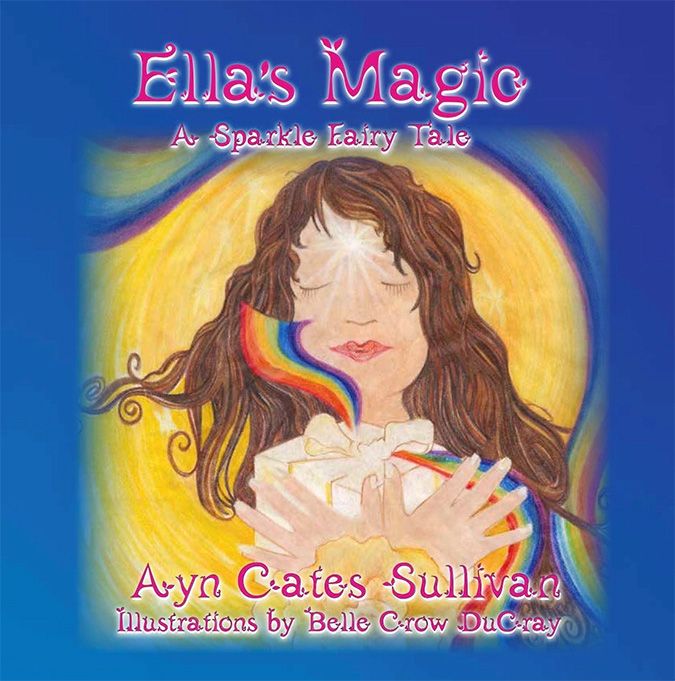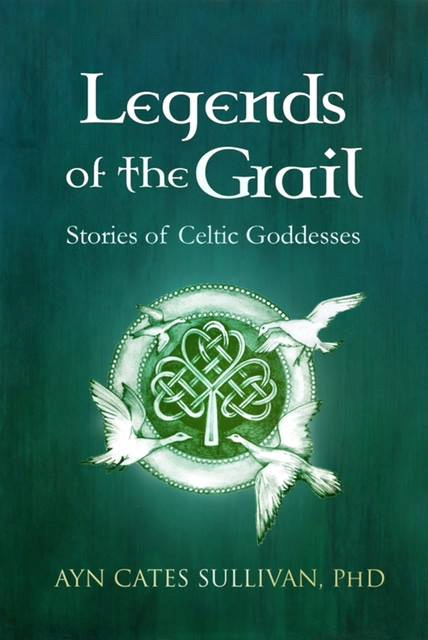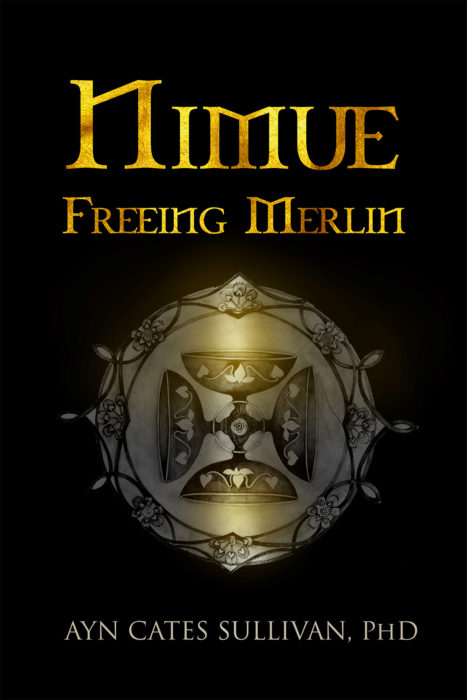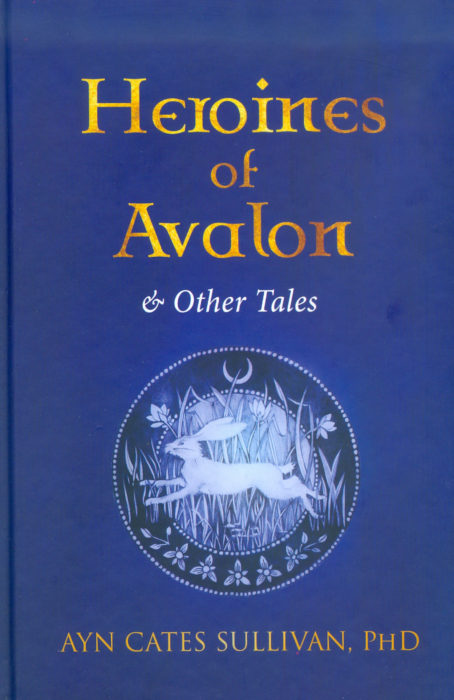Description
What would it take to heal Mother Nature and usher in a Golden Age? Perhaps we would have to call upon Merlin and his twin sister Ganieda to bring back the magic of an ancient past. In Riddles of the Ancestors, Ayn Cates Sullivan takes us on multiple journeys that weave modern day London, the ancient Druid Isle of Mona, the Ladies of Avalon, the knights of Camelot, the Celtic Underworld, and Ancient Greece with dragons and a spaceship that is trying to land in Hampstead Heath. There are those who do not want the codes of the New Time to activate, and there are riddles that must be solved. Can the ancient ones of the past help us step into the future?
Praise
![]()
In Riddles of the Ancestors, the fourth installment of Ayn Cates Sullivan’s Legends of the Grail Series, ancient magic and modern life collide in the adventures of young Merlin and his twin sister Ganieda. The siblings discover a mystical Round Table inscribed with star codes, keys to activating a new Golden Age on Earth. This cosmic quest unfolds across multiple timelines, from the druids of Mona and the Olympians of Greece to King Arthur’s storied court and twenty-first-century London. To usher in the rebirth of Gaea (Mother Earth), magical riddles must be solved and ancient wounds healed. As demi-gods and awakened humans gather in modern England, resistance from the destructive old order, represented by the soulless Niente, threatens the hope of renewal. Follow a tale that melds soul retrievals, ancestral reckonings, and the restoration of lost wisdom as the guardians of the magical world unite to shift humanity into the New Epoch.
I found Riddles of the Ancestors to be a hugely imaginative read, and I recommend it to fans of mythology, like myself. Ayn Cates Sullivan’s characters are exceptionally well-drawn, both legendary and original. Merlin and Ganieda’s sibling bond is central to the story, while figures like Nina/Nimue, the healer Abigail/Abae, Lady Gaea, and the mysterious dragon Delphyne are fully developed and resonant. The novel brims with mythological elements: the Arthurian Round Table is revealed as a celestial template, the Greek and Roman pantheon walk among mortals, and the faery realms pulse just beneath the surface of the everyday. Themes of healing, feminine wisdom, and the restoration of sacred earth are central to the story, with the setting shifting from enchanted meadows and mystical caves to the modern streets of London and the hallowed landscapes of Glastonbury and Wales. The writing cast a spell that had me turning the pages, characterized by its rich symbolism and lore.
– Reviewed by Christian Sia for Readers’ Favorite - 5 Stars!
An epic adventure!
Ayn Cates Sullivan takes you gently on an epic adventure though mythology with a fresh new twist. Slowly she introduces you to the world her story is set in then, while still holding your hand, brings in the drama and intrigue keeping you turning those pages. There is so much detail in the beautifully written, relatively short book, you’ll be happy to read it again and again. Especially for the message of hope and healing for the world wrapped up in Ayn’s unique cozy storytelling style.
– Hannah Hocking, Devon, England




